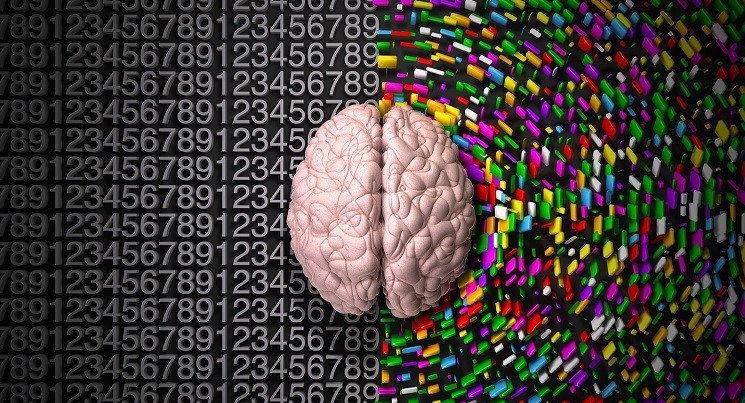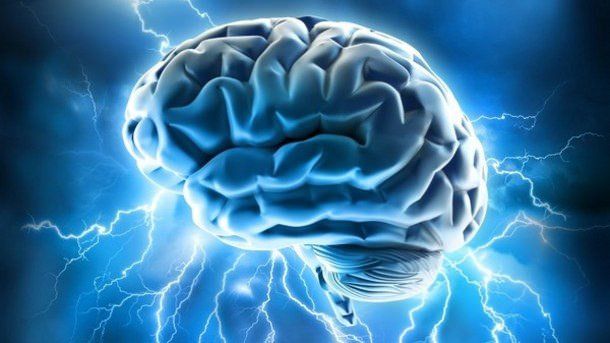Left-Brained Or Right-Brained?

 Does it really affect one’s thinking?
Does it really affect one’s thinking?
Have you ever heard or used the term “left-brained” or “right-brained” people? It is widely believed that humans are either dominated by their right or left brain hemispheres, resulting in two types of thinking respectively.
According to this idea, people who are “right-brained” tend to be more creative and intuitive, while those who are “left-brained” tend to be more analytical and logical.
Even before reading this article, you probably have an idea of whether you are a left-brained (i.e. analytical and logical) or right-brained thinker (i.e. creative and intuitive).
The concept of a left-brain or right-brain is not new. It is most certain that you have come across videos, programmes, articles, and books about it.
You have probably even taken a test or two to find out whether you are dominantly a left or right-brained thinker!
Regardless of which side (left or right) you belong to, there is something important you should know:
This is a myth.
You are probably thinking, “Liar! No way would any creature of any cranial capacity believe this!” (or maybe somewhere along that lines of “You’ve got to be kidding me”).
But, the truth is that this is another widely popular claim that is not supported by scientific research.
Origins of claim
The “right brain-left brain theory” originated in the work of Roger W. Sperry (1913–1994), who was awarded the Nobel Prize in 1981.
While studying the effects of epilepsy (i.e. a neurological disorder characterised by repeated episodes of excessive synchronised neural activity), Sperry discovered that cutting the corpus callosum (i.e. structure that connects the two hemispheres of the brain) could reduce or eliminate seizures, as referenced in a study by Kalat, J.W. in 2009.
The idea to cut the corpus callosum is to prevent epileptic seizures from crossing from one hemisphere to the other.
However, because the corpus callosum acts as a communication pathway between the left and right hemispheres, patients who have had theirs severed would experience certain changes in the way their brain handles information.
There have been multiple experiments conducted on split-brained people (i.e. those who have undergone surgery to the corpus callosum), and the findings from those studies have helped researchers to map out the different areas of the brain and their respective dominant functions.
Unfortunately, people have taken the results of such studies out of context, packaged them neatly into “left and right brain” functions, and propagated the myth to the public.
After all, the strongest lies are always the ones with a dash of truth mixed into it. Therefore, it is time we distinguish fact from fiction, and the truth from lies.
Extracting the truth from the myth
Having said all the above, there is a grain of truth to be found in the myth.
Generally, when people say, “I am right-brained,” they usually base their statement on the following three assumptions (Kalat, 2009):
- Different hemispheres are specialised for different functions.
- We rely on our dominant hemisphere to process information.
- The dominant hemisphere engaged will manifest in our thinking style (e.g. analytical or creative).
While the first assumption is scientifically supported, the other two are not. It is a fact that the two hemispheres are not mirror images of each other, and it is also true that each hemisphere has its area of “expertise” (e.g. the left hemisphere is specialised in language).
However, although experts do recognise that certain types of tasks and thinking tend to be more associated with particular regions of the brain (also known as lateralisation), no one is fully right-brained or left-brained… and this is the reason why: the corpus callosum.
Corpus callosum (sounds like a spell they teach at Hogwarts)
The reason why it is so easy to jump into the dichotomous classification of things is that we tend to forget that there is an existing structure in our brain that enables the two hemispheres to constantly exchange information with each other.
Thankfully, the amount of research studies conducted in the area of neurosciences have shown that the two halves of the brain are much more intricately linked than was previously thought, and the corpus callosum is the key to debunking this myth.
We should break away from the misconception that everything to do with being analytical is confined to one side of the brain, and everything to do with being creative is confined to the opposite side.
This is because, it is the connections among all brain regions that enable humans to engage in both creativity and analytical thinking.
Consider the following quote by Carl Zimmer, a science writer:
“No matter how lateralised the brain can get, though, the two sides still work together. The pop psychology notion of a left brain and a right brain doesn’t capture their intimate working relationship.
The left hemisphere specialises in picking out the sounds that form words and working out the syntax of the words, for example, but it does not have a monopoly on language processing. The right hemisphere is actually more sensitive to the emotional features of language, tuning in to the slow rhythms of speech that carry intonation and stress.” – Carl Zimmer, Discover
As you can see, the premise that any individual habitually relies on one hemisphere more than the other is not true simply because the two hemispheres work hand-in-hand.
Although certain functions, such as speech production and facial recognition, tend to be dominated by one side of the brain among the majority, most tasks require parallel input from both hemispheres (Kalat, 2009).
Unless an entire hemisphere is completely removed or damaged, no one is considered to be fully “right”- or “left”-brained.
Conclusion: Give credit where it’s due
Until today, the popularity of the “right brain-left brain myth” still persists strongly among the public, if not more so. In summary, our brain is much more complicated and fascinating than what some of us make it out to be.
It would certainly be a shame if we continue to water down the complexity of our brain into something which can be simply deduced through a simplistic random test on Facebook.
Adeline Tay hopes that people will no longer restrict their own potential by labelling themselves as a left or a right-brained thinker. Let her know how this has changed the way you view yourself at editor@leaderonomics.com.
Leadership




